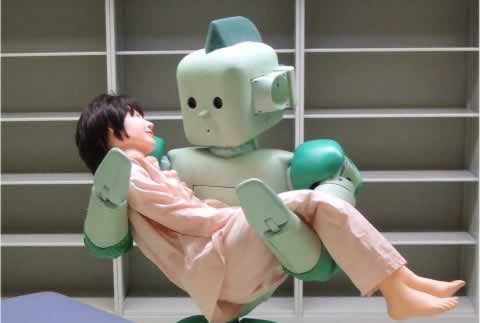An Obligatory Technology of Makeup
While I was looking for more interesting stereotypical color ideas from different cultures to add to Simran Singh’s post I accidentally found a very interesting publication from a law firm called Nixon Peabody. The publication, which can be found here, is fairly long, so I will do my best to summarize it. This publication addresses the circumstances, trial, and decision regarding one female bartender’s struggle against new policies that required that women wear carefully regulated makeup along with a long list of other required, stereotypical dress and styles. Similar stereotypical requirements were placed on the men. The bartender, one Darlene Jesperson, took this decision to court when the management told her that she would have to either change jobs or leave their employment if she did not wish to follow the new appearance requirements. The judge decided that the requirements on the female employees were no weightier than those on the male employees and therefore not an issue of sexual discrimination. The end result being, as the title of the publication suggests, that a female bartender can be fired for refusing to wear makeup.
For further and more thorough discussion I will quote some of the new dress requirements for both males and females.
Both sexes could now only wear simple tasteful jewelry and had to avoid faddish hairstyles, unnatural colors, and ponytails. Male employees’ hair could not extend below the top of their shirt collars. Female employees’ hair “must be teased, curled or styled every [work] day” but its length was not limited. Male employees’ fingernails must be “neatly trimmed” and men could not wear colored nail polish. Female employees could wear colored nail polish but only “clear, white, pink or red” and must avoid “exotic nail art or length.” Female employees must wear stockings made of “nude or natural color consistent with…skin tone” and without runs. Both sexes’ shoes must be solid black leather or leather type with rubber (nonskid) soles…Everything changed when Harrah’s amended its appearance standards policy to add a brand-new requirement that all female beverage servers (including female bartenders) wear makeup. This amendment went even further. Instead of simply stating that, unlike male employees who could not wear makeup, female beverage servers “must wear makeup,” the amendment went on to require that mascara, blush, and foundation “must be worn and applied neatly in complimentary colors” and that lipstick or lip color “must be worn at all times.”
These requirements raise a few questions. Do you agree with the judge’s decision? How do you feel about the justification that “both” sexes have requirements of “equal” weight? Can stereotypical behaviors and presentations be compared to each other, when, by the nature of the assumed duality of sex/gender in this text, they are mutually exclusive? How could this bar, decision, jury, etc. deal with a transsexual or transgendered individual? Is this decision too harsh or is it reasonable in the circumstance (a privately owned business and employer)?
Comments are closed.

My first thought while reading this was, ‘Woah, Mad Men much?’
Then I focused on what you were saying and realized that this is a _bar_ not a professional workplace. From what I understand from my skewed perceptions of drinking culture is that a bar is the sort of place where there is no dress code.
While I understand the desire to have their workers ‘look nice,’ and my personal belief that one should dress well while at work, I have a fundamental problem with someone telling me exactly what I should wear.
This is ridiculous and is definitely singling out the female employees.
I agree, I think it’s bizarre that the employers can get away with enforcing such different rules for each gender of employee. I worked at a diner one summer and there were certain dress requirements (Uniform, hair tied back, black shoes, etc.) but I think it’s pretty clear that these requirements were in an effort to make all the servers look clean and alike. I kind of think it’s strange that there are different requirements for either gender, but I kind of don’t. A bar environment, in stark contrast to a diner environment, is usually considered somewhat glamorous, where people kind of hang out and look for other people to chat up or something. Where both the bartender and bartendress (?) are supposed to be some kind of eye candy for the customers. I don’t know if this is really true, as I don’t really frequent bars, but I’m just going off of movie stereotypes I’ve seen, where the bartender is some slick and aloof guy or girl, who is somewhat desired by the customer. This is perhaps why Harrah’s wants to emphasize the gender difference between feminine bartender and masculine bartender, because perhaps business is more successful when the bartender is desirable. Which brings into question a whole load of other matters: Just because these people are in a server’s position, does that mean that part of their job is to be chatted up and flirted with? I had some pretty awful experiences during that summer at the diner, and it really seemed to me that as a server, you were expected to be charming and chatty and tolerate a lot of that kind of stuff. Bigger tips, I guess…